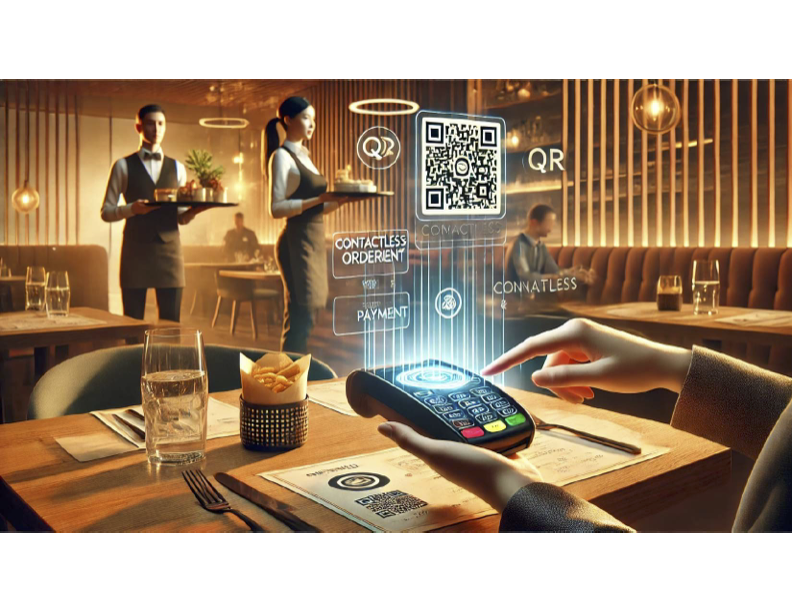The restaurant industry has evolved rapidly in recent years, and one of the most significant changes is the rise of contactless ordering and payment systems. From QR code menus to mobile payment apps, these innovations are transforming the dining experience for both customers and restaurant owners. But what makes contactless technology so essential, and why should more restaurants adopt it? Let’s explore the benefits and what the future holds.
What is Contactless Ordering and Payment?
Contactless ordering and payment refer to digital solutions that allow customers to browse menus, place orders, and pay their bills without the need for physical interaction with a server or cashier. These systems typically involve:
-
QR codes that customers scan with their smartphones to access a digital menu.
-
Mobile apps or web platforms for placing orders.
-
Digital payment options, such as Apple Pay, Google Pay, and credit card processing via mobile devices.
-
Tabletop tablets or kiosks for self-ordering.
The Benefits of Contactless Technology
1. Enhanced Customer Convenience
One of the biggest advantages of contactless ordering is the convenience it offers. Customers can browse menus at their own pace, customize their orders without miscommunication, and pay quickly without waiting for the check. This leads to a smoother and more enjoyable dining experience.
2. Increased Efficiency and Speed
With traditional service, customers often have to wait for a server to take their order and bring their bill. Contactless ordering eliminates these delays, allowing restaurants to serve more guests in less time. This improves table turnover rates and maximizes revenue potential.
3. Improved Accuracy and Order Customization
Since customers enter their own orders, there is less room for human error. Special requests and dietary modifications are clearly recorded, reducing mistakes and improving satisfaction.
4. Reduced Contact for Health and Safety
Especially in a post-pandemic world, minimizing physical contact is a priority for many diners. Contactless ordering and payment help maintain hygiene standards by reducing the handling of menus, cash, and credit cards.
5. Labor Cost Savings
By automating parts of the ordering process, restaurants can operate with fewer front-of-house staff members or reallocate workers to other essential tasks, such as food preparation and customer service.
Challenges and Considerations
While the benefits of contactless dining are clear, there are some challenges that restaurants must consider:
-
Technology Adoption: Some customers, especially older generations, may be hesitant to use digital ordering systems.
-
Initial Setup Costs: Investing in tablets, QR code systems, and software may require an upfront investment.
-
Internet Reliability: A stable internet connection is essential for seamless operation.
-
Personalized Service: While digital systems increase efficiency, some diners still value human interaction and personalized recommendations from servers.
The Future of Contactless Dining
As technology continues to evolve, we can expect even more advancements in contactless dining. AI-powered chatbots may help customers with menu recommendations, voice-activated ordering could become more common, and integration with loyalty programs may further enhance customer engagement.
Ultimately, contactless ordering and payment systems are more than just a trend—they’re the future of dining. Restaurants that embrace these technologies will not only improve their efficiency but also cater to the evolving preferences of modern diners.
Are you ready to experience the future of dining? The next time you visit a restaurant, keep an eye out for a QR code or a mobile ordering option—you might just find that it enhances your overall experience.

